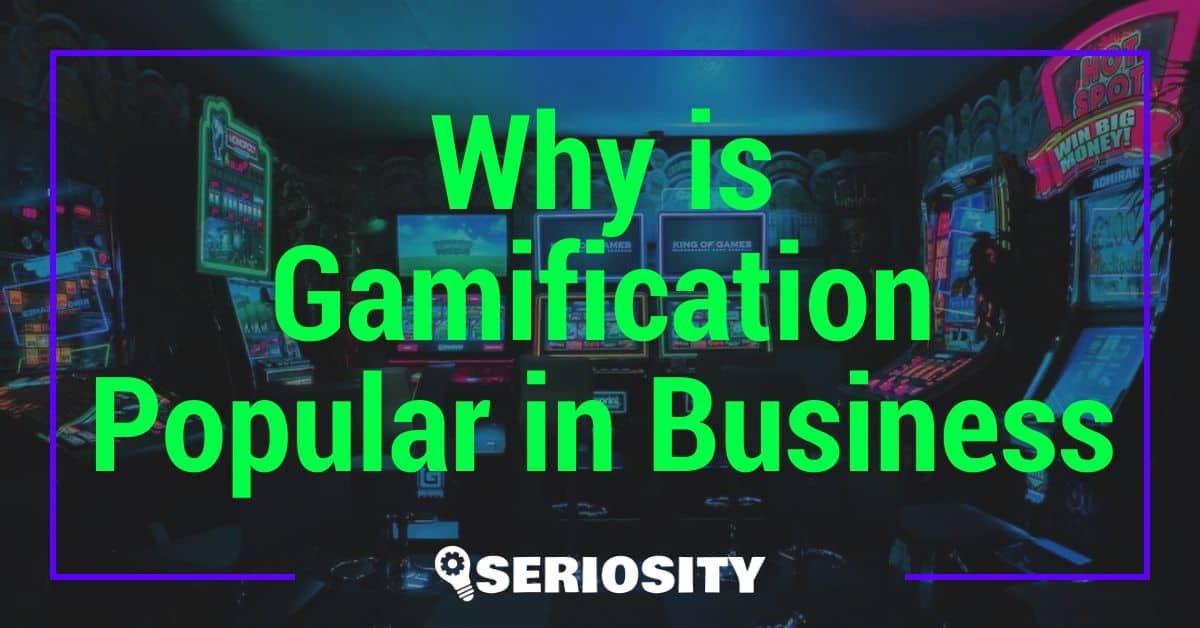Ever wondered who’s behind the wheel of Mazda, the iconic brand that’s been zoom-zooming into our hearts for decades? It’s a question that might have crossed your mind as you navigated through the sleek designs and innovative technology of their vehicles. Mazda’s story of ownership is not just about corporate structure; it’s a tale of innovation, resilience, and the pursuit of excellence.

The answer to who owns Mazda might surprise you. It’s not just a straightforward case of a single entity holding the reins. This narrative involves collaborations, partnerships, and a global footprint that extends far beyond Mazda’s home in Hiroshima, Japan. Let’s dive into the fascinating world behind Mazda’s logo and discover the forces driving this automotive powerhouse.
Key Takeaways
- Mazda’s history is a testament to adaptability and innovation, starting as Toyo Cork Kogyo Co., Ltd, and evolving into a global automotive leader.
- Strategic partnerships, notably with Ford and Toyota, have significantly influenced Mazda’s development, offering lessons in leveraging collaborative strengths for growth.
- Mazda does not have a singular owner but is a publicly traded company, with major shares held by financial institutions like Sumitomo Mitsui Banking Corporation and strategic partners like Toyota.
- The company’s commitment to technological innovation, seen in the development of the rotary engine and partnerships for hybrid technology, underscores its enduring focus on forward-thinking.
- Mazda’s ability to navigate transitions, from cork products to vehicles and then to a prominent position in the global auto industry, highlights the importance of vision and resilience in business.
The History of Mazda
Venturing into the history of Mazda, you’ll find a saga of perseverance, innovation, and strategic partnerships that resonate with the entrepreneurial spirit. It’s a narrative not just about cars, but about a brand’s evolution through the 20th and into the 21st century.
Mazda, originally known as Toyo Cork Kogyo Co., Ltd, embarked on its journey in Hiroshima, Japan, in 1920. Initially, it didn’t manufacture automobiles. Imagine starting a business in one niche, only to pivot completely—that’s exactly what Mazda did. Transitioning from cork products to vehicles, the company showcased its adaptability, a critical trait for any entrepreneur.
By the mid-1930s, Mazda debuted its first vehicle, moving away from its cork industry roots. This pivot laid the groundwork for what would become a global automobile powerhouse. It’s a testament to the vision and resilience needed when you’re steering a startup through uncharted waters.
After World War II, Mazda morphed yet again, embracing technology and innovation. In the 1960s, it introduced the rotary engine, a bold move that set it apart from competitors. This engine was revolutionary, underscoring Mazda’s dedication to innovation, much like how startups disrupt industries with groundbreaking technologies today.
Mazda’s journey also underscores the importance of strategic partnerships. In the 1970s, amid oil crises and economic downturns, Mazda formed an alliance with Ford Motor Company. This collaboration was pivotal, bolstering Mazda’s financial standing and expanding its global reach. It shows you the power of strong partnerships. Whether it’s in tech startups or the automotive industry, finding the right allies can be a game-changer.
As Mazda continued to evolve, it remained committed to its roots of innovation, evident in its lineup of sleek, fuel-efficient vehicles. The focus on design and technology not only catered to changing consumer demands but also positioned Mazda as a brand synonymous with quality and forward-thinking.
Founding of Mazda
Starting a business is no small feat, and the story of Mazda’s beginning is a testament to resilience and innovation. Imagine being in Hiroshima, Japan, in the early 20th century. It was there, in 1920, that Jujiro Matsuda took the reins of the then-named Toyo Cork Kogyo Co., Ltd. Initially focusing on cork production, Matsuda quickly pivoted the company’s focus towards machinery and eventually to cars. This ability to adapt to market needs is something that you, as an entrepreneur, can surely appreciate.
By 1931, Mazda had produced its first vehicle, the Mazda-Go, a type of motorized rickshaw. It wasn’t just a new product; it was a signal to the world that Mazda was ready to innovate the automotive industry. Stepping into uncharted territory takes courage, something you know all too well from launching your own ventures. Matsuda’s vision for a company that would continually evolve and adapt to the times is a powerful reminder of the importance of forward-thinking in any business.
As Mazda shifted gears from machinery to vehicles, it’s clear how crucial strategic transformations are for long-term success. Just like when you’re considering your next side hustle or how to scale your online business, Mazda’s journey from a humble cork manufacturer to a renowned global automaker underscores the importance of vision, adaptability, and embracing innovation. Their story, rich with challenges and milestones, mirrors the entrepreneurial journey – full of risks but equally rewarding for those who dare to drive through uncharted paths.
Mazda’s Corporate Structure
Diving into Mazda’s corporate framework gives you an insightful glimpse into how a major player in the global automotive industry operates. It’s no secret that Mazda Motor Corporation stands as a symbol of resilience and innovation, attributes that you, as an entrepreneur, can deeply appreciate.
At its core, Mazda is not controlled by a single entity. Instead, it’s a public company, meaning its shares are traded on the stock exchange, making ownership spread across multiple stakeholders. This setup offers a layer of complexity and diversity in decision-making, something you might find intriguing in your explorations of successful business models.
Major Shareholders
Understanding who holds significant stakes in Mazda is critical. As of the latest reports, here’s how the pie is sliced:
| Shareholder | Percentage of Ownership |
|---|---|
| Sumitomo Mitsui Banking Corporation | 5.4% |
| Japan Trustee Services Bank, Ltd. | 4.7% |
| The Master Trust Bank of Japan, Ltd. | 4.5% |
Although these financial institutions hold notable shares, Mazda’s strategic maneuvers and alliances, especially with other automotive giants, emphasize the dynamism within its corporate structure. For instance, Toyota holds a stake as well, symbolizing a partnership that melds Mazda’s innovation with Toyota’s scale.
Strategic Alliances
For an entrepreneur like you, the strategic alliances Mazda fosters are a study in leveraging strengths for mutual benefit. The collaboration with Toyota goes beyond mere shareholding, delving into areas like shared technology and manufacturing plants. This camaraderie in the fiercely competitive automotive sector is illustrative of how Mazda’s corporate structure is designed not just for survival, but for thriving in innovation and growth.
In your journey, whether you’re scaling your online business, delving into a new side-hustle, or studying the maneuvers of industry giants, Mazda’s example reaffirms the power of strategic structure and partnerships. Embrace the lessons of adaptability, strategic alliances, and the broad spectrum of shareholding to fuel your ventures forward.
Strategic Partnerships
When we’re dissecting Mazda’s global success, their strategic partnerships can’t be overlooked. Imagine linking arms with giants in their respective fields, magnifying your strengths and shoring up weaknesses. That’s exactly what Mazda has mastered.
Toyota, a juggernaut in the automotive world, is a key partner. This alliance isn’t just about sharing a cup of sugar; it’s a deep dive into mutual technological advancements and sharing critical elements like hybrid technology and production facilities. What’s in it for Mazda? Access to cutting-edge technologies and a foot in the door to explore new markets. For Toyota, it’s tapping into Mazda’s renowned expertise in designing and engineering.
Let’s not forget about Sumitomo Mitsui Banking Corporation, one of Mazda’s major shareholders. This partnership goes beyond mere financial investment. It’s about strategic advice, risk management, and leveraging banking products to ensure Mazda’s financial health is solid as a rock. For you, the entrepreneur, think of it as finding a financial advisor who also believes in your vision enough to invest in it.
Here are some key benefits highlighted:
- Technology sharing: Gaining access to leading-edge tech without the full cost of development.
- Market expansion: Leveraging partners’ strengths to enter new territories.
- Financial resilience: Having a heavyweight investor or partner provides a buffer in times of economic turbulence.
Remember, in the world of startups and side hustles, it’s not just about who you know, but who you align with. Strategic partnerships, similar to Mazda’s alliance with Toyota and investment ties with Sumitomo Mitsui, can offer a roadmap. They underscore the essence of combining forces to innovate, grow, and face the challenges of tomorrow, equipped with a broader set of tools and insights. Whether you’re just beginning your entrepreneurial journey or are looking to expand your horizon, these lessons are golden.
Conclusion
So there you have it. Mazda’s journey is a testament to the power of strategic alliances and the importance of choosing the right partners. Whether it’s collaborating with Toyota for tech advancements or teaming up with Sumitomo Mitsui for financial strength these partnerships have been pivotal in Mazda’s success. Just like Mazda, you can leverage the right collaborations to innovate and grow. Remember it’s not just about who owns Mazda but also about who Mazda chooses to partner with. These decisions shape the future and offer valuable lessons for entrepreneurs and businesses aiming to thrive in a competitive landscape. So take a leaf out of Mazda’s book and think about how you can apply these insights to your own journey.
Frequently Asked Questions
What is the key to Mazda’s success?
Mazda’s success is attributed to strategic partnerships with industry giants like Toyota and collaborations with entities such as Sumitomo Mitsui Banking Corporation. These alliances offer technology sharing, market expansion, and financial resilience.
How do partnerships benefit Mazda?
Partnerships benefit Mazda by providing access to new technologies, expanding its market presence through shared resources, and enhancing financial stability through strategic investments and risk management advice.
Why is the collaboration with Toyota significant for Mazda?
The collaboration with Toyota is significant for Mazda as it enables technological advancements and market exploration, leveraging Toyota’s vast resources and expertise in the automotive industry to fuel innovation and growth.
What role does Sumitomo Mitsui Banking Corporation play in Mazda’s strategy?
Sumitomo Mitsui Banking Corporation not only provides Mazda with financial investment but also offers strategic advice and risk management solutions. This contributes to Mazda’s financial resilience and strategic planning, supporting its growth and innovation efforts.
How can entrepreneurs learn from Mazda’s strategy?
Entrepreneurs can learn from Mazda’s strategy by recognizing the importance of aligning with the right partners. Such alliances can lead to innovation, growth, and better navigation of future challenges, demonstrating the value of strategic partnerships in achieving long-term success.














